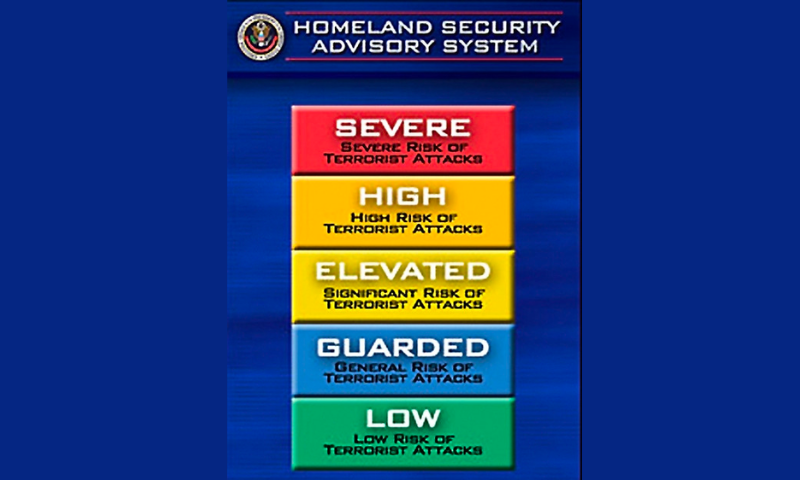Seth G. Jones
National Interest, Aug. 20, 2022
“The lack of partner forces, scant intelligence, and no nearby bases leave the United States severely hamstrung in conducting counterterrorism operations in Afghanistan.”
One year after the U.S. military withdrawal from Afghanistan, the Biden administration faces a complex counterterrorism challenge. The successful U.S. strike in July 2022 that killed Al Qaeda leader Ayman al-Zawahiri in Kabul was a blow to Al Qaeda. But with the Taliban’s continuing close relationship with Al Qaeda and the deterioration of Afghanistan into a terrorist sanctuary, the United States needs to rethink its counterterrorism strategy.
Afghanistan is the only country in the world today with a close, working relationship with Al Qaeda. According to one recent United Nations Security Council assessment, Al Qaeda’s leadership “plays an advisory role with the Taliban, and the groups remain close.” In addition, the location where Zawahiri was killed—a safe house apparently owned by an aide to Sirajuddin Haqqani, the Taliban’s acting minister of interior—highlights the intimacy between the Taliban and Al Qaeda.
Al Qaeda does not yet have the ability to plan and execute terrorist attacks in the U.S. homeland, according to the U.S. Defense Intelligence Agency. But there are several concerning developments that should alarm U.S. and other Western officials.
First, core Al Qaeda and its local affiliate, Al Qaeda in the Indian Subcontinent (AQIS), remain active in Afghanistan. AQIS has as many as 400 fighters, including a presence in southern and eastern Afghanistan. Following the U.S. strike against Zawahiri, Taliban leaders—who were furious at the United States for the attack—may allow Al Qaeda more room to maneuver. Even before the attack, U.S. Central Command assessed that the Taliban would likely loosen its restrictions on Al Qaeda and allow the group greater freedom of movement and the ability to train, travel, and rebuild its external operations capability.
Second, Afghanistan is home to numerous other terrorist groups, such as the Islamic State-Khorasan Province (ISIS-K). A U.S. Department of Defense report concluded that “ISIS-K remained the top terrorist threat in Afghanistan with approximately 2,000 members operating in the country.” The group is led by Sanaullah Ghafari (alias Shahab al-Muhajir) and has conducted hundreds of attacks in Afghanistan since the departure of U.S. from Afghanistan. The goal of ISIS-K leaders remains to use Afghanistan as a base for expanding its footprint in the region and creating a broader, pan-Islamic caliphate.
There are also numerous other groups—including terrorist groups—in Afghanistan, such as the Tehreek-e-Taliban Pakistan (TTP) and Jamaat Ansarullah. The TTP, which is led by Mufti Noor Wali Mehsud, has between 3,000 and 4,000 fighters in Afghanistan, making it one of the largest terrorist groups in Afghanistan. There are also over a dozen anti-Taliban groups throughout the country.
Third, the Taliban is unable to deliver basic goods and services in Afghanistan, a significant worry since failed states are often a necessary, though not a sufficient, condition for terrorism. Afghanistan’s economy is in shambles, thanks to Taliban incompetence and continuing international economic sanctions. The country’s gross domestic product is projected to decline by 34 percent by the end of 2022, compared to 2020, the last full year of the Ashraf Ghani government. The humanitarian situation is also dire, with approximately 24.4 million people, or 59 percent of the population, in desperate need of humanitarian assistance. …


